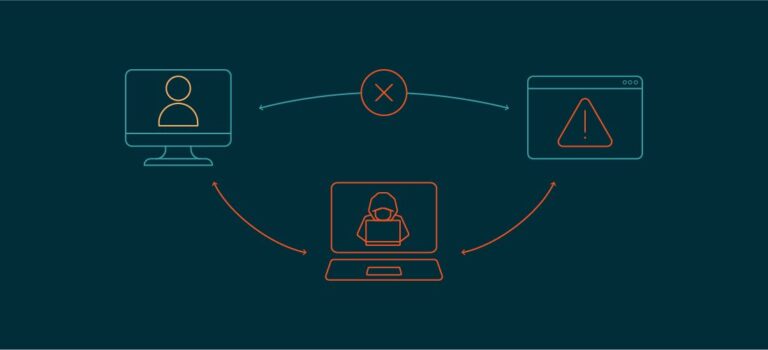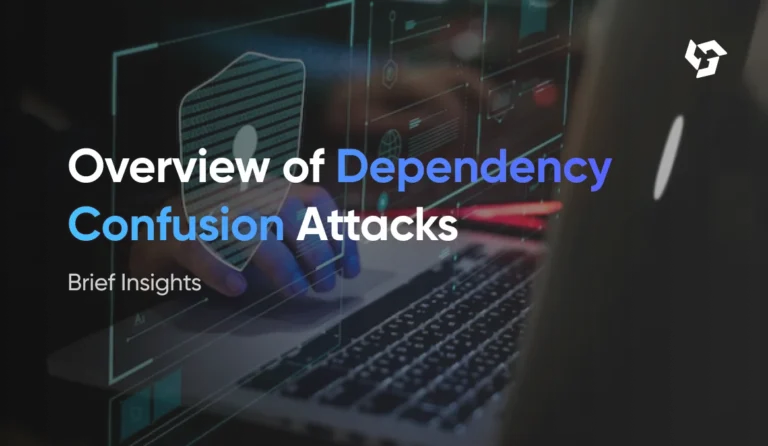Understanding User Enumeration: The Hidden Risk in Website Security
Introduction
In the ever-evolving landscape of cybersecurity, one of the most underestimated yet highly exploited vulnerabilities is user enumeration. It might seem trivial at first glance—after all, what harm could come from someone knowing a username? However, in the hands of a malicious actor, this seemingly harmless piece of information can be the first step in a much larger attack. In this comprehensive guide, we will explore what user enumeration is, how it works, the risks it presents, real-world examples, and most importantly, how to protect your systems and applications from falling victim to it.
What is User Enumeration?
User enumeration refers to the process by which an attacker discovers valid usernames on a system. This can be accomplished through various means, such as login forms, registration forms, password reset mechanisms, or even error messages. Once a valid username is identified, it becomes significantly easier for an attacker to perform brute force or credential stuffing attacks.
Why It Matters
The exposure of usernames may seem inconsequential, but when paired with automated tools and malicious intent, it becomes a critical weakness. It reduces the attack surface by eliminating guesswork, allowing the attacker to focus solely on discovering the correct password.
Common Vectors of User Enumeration
- Login Forms
- Varying error messages for invalid usernames vs. incorrect passwords.
- Time delays that hint at the validity of a username.
- Password Reset Forms
- Messages that reveal whether a user account exists.
- Emails sent to confirmed users.
- Registration Forms
- Errors like “username already taken.”
- Public APIs and Endpoints
- RESTful APIs that return different HTTP codes for valid and invalid users.
- Social Features
- Search bars, friend lists, or activity feeds that reveal usernames.
- Content Management Systems (CMS)
- WordPress author archives revealing usernames in URLs.
- Error Logs and Stack Traces
- Debugging info that exposes sensitive user data.
Real-World Examples
- LinkedIn (2012): Attackers gained access to millions of user credentials. Though not directly attributed to enumeration, the breach involved exploiting known usernames.
- WordPress Sites: Thousands of WordPress sites are vulnerable to user enumeration through the /?author=1 URL pattern.
- GitHub’s Past Vulnerability: GitHub once had a vulnerability where attackers could determine if a username existed through the password reset functionality.
Tools Used for User Enumeration
- Burp Suite
- Hydra
- Wfuzz
- Nikto
- WPScan (for WordPress)
- Metasploit
These tools automate the process, making it fast and efficient for attackers to find valid usernames across different platforms.
Consequences of User Enumeration
- Increased Success Rate of Brute Force Attacks
- Credential Stuffing
- Phishing Attacks
- Social Engineering
- Account Takeover
- Reputation Damage
The ripple effect of a successful enumeration attack can extend far beyond the initial breach.
How to Prevent User Enumeration
1. Unified Error Messages
Ensure that login and password reset forms return the same message for both incorrect usernames and passwords.
Invalid credentials. Please try again.
2. Rate Limiting and Lockouts
Limit the number of login attempts to prevent automated attacks.
3. CAPTCHAs
Use CAPTCHAs to slow down or block bots.
4. Monitoring and Alerts
Implement monitoring systems that can detect patterns indicative of enumeration.
5. Avoid Revealing Emails or Usernames in URLs
Especially in CMS like WordPress, avoid patterns like /?author=1.
6. Disable Directory Listings and Public APIs
Restrict access to API endpoints that return user information.
7. Two-Factor Authentication (2FA)
Even if a username is known, 2FA adds a robust layer of security.
Security Testing for User Enumeration
- Manual Testing
- Try different usernames and observe system responses.
- Automated Scanners
- Use tools to detect varying responses.
- Code Review
- Ensure that the backend does not return user-specific errors.
- Red Team Simulations
- Conduct controlled attacks to uncover weaknesses.
Developer Best Practices
- Use generic error messages.
- Hash and salt user credentials.
- Do not expose internal usernames or emails in the front-end.
- Implement logging and alerting for suspicious behavior.
- Regularly update software and frameworks.
Protecting CMS Platforms
WordPress
- Use security plugins like Wordfence.
- Disable author archives.
- Hide login URLs.
Joomla / Drupal
- Remove or secure user listing features.
- Configure user permissions carefully.
Legal and Compliance Considerations
- GDPR: Leakage of usernames may be considered a data breach.
- PCI-DSS: Emphasizes protecting login credentials.
- HIPAA: Username exposure in healthcare applications can lead to severe penalties.
Conclusion
User enumeration might not make headlines like ransomware or data theft, but it’s a foundational vulnerability that can lead to catastrophic breaches. Ignoring it gives hackers the foothold they need to launch more sophisticated attacks. By understanding how user enumeration works and implementing practical defenses, developers and site administrators can significantly enhance their application’s security posture.
The cost of prevention is minor compared to the fallout of an attack. Stay vigilant, audit regularly, and don’t give hackers the keys to the front door.
Resources and Further Reading
- OWASP Authentication Cheat Sheet
- NIST Guidelines on Authentication
- WordPress Hardening Guide
- GitHub Security Best Practices
Glossary
- Enumeration: Systematic extraction of information.
- Brute Force Attack: Attempting all combinations to guess credentials.
- Credential Stuffing: Using leaked credentials from one site to access accounts on another.
- 2FA: Two-Factor Authentication.
About the Author
Adil Sadqi is a cybersecurity enthusiast and tech blogger who focuses on helping developers and administrators secure their digital environments. He specializes in web application security and ethical hacking techniques.
By staying informed and proactive, you can ensure that your applications remain resilient against this often-overlooked yet dangerous threat.






